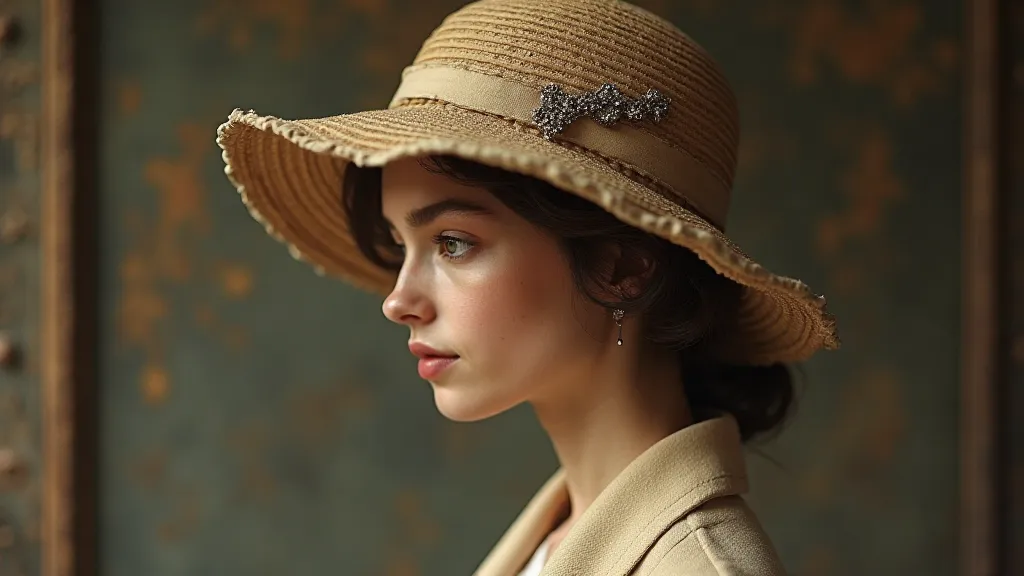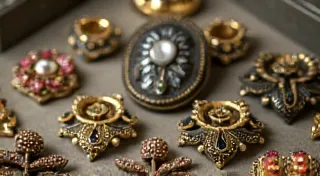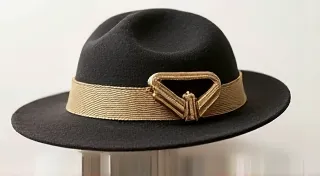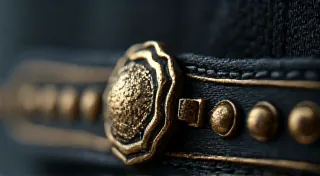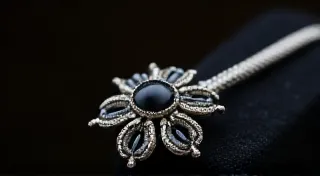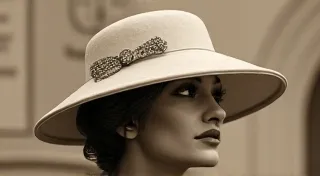The Influence of Art Nouveau on Hat Pin Design
The late 19th and early 20th centuries witnessed a significant shift in artistic expression, giving rise to the Art Nouveau movement. This style, characterized by its rejection of industrial rigidity and embrace of organic forms, profoundly impacted various art forms – and hat pin design was no exception. For collectors of antique hat pins, understanding this influence is key to appreciating the beauty and value of these delicate accessories.
What is Art Nouveau?
Art Nouveau (French for "New Art") was a decorative style that flourished roughly from 1890 to 1910. It sought to create a "total work of art," blending architecture, graphic design, furniture, and decorative arts into a unified aesthetic. Key hallmarks of the movement include flowing, curvilinear lines; a fascination with natural forms (flowers, insects, birds, and especially feminine figures); and an overall sense of graceful, ethereal beauty. It was a reaction against the perceived ugliness of industrialization and a desire to return to nature.
The Art Nouveau Hat Pin Aesthetic
The Art Nouveau influence on hat pins is immediately recognizable. Before this period, hat pins were often simple, functional objects. Art Nouveau transformed them into miniature works of art. Here’s what to look for:
- Organic Shapes: Forget straight lines and geometric patterns. Art Nouveau hat pins favor flowing, undulating forms that mimic natural elements. Think of vines, water lilies, or stylized tendrils.
- Floral Motifs: Flowers were *the* quintessential Art Nouveau subject. You'll find incredibly detailed representations of lilies, irises, poppies, and other blossoms adorning hat pins. The petals often appear to unfurl organically, and the designs were often asymmetrical.
- Stylized Figures: While less common than floral designs, Art Nouveau hat pins sometimes feature stylized female figures – often depicted with flowing hair and graceful poses, echoing the movement's obsession with feminine beauty.
- Materials: Art Nouveau jewelers embraced a wide range of materials, including gold, silver (often oxidized to a darker tone), enamel, and a variety of semi-precious stones like opals, moonstones, and pearls. The use of these materials added to the luxurious and ethereal quality of the pins.
- Color Palettes: The colors associated with Art Nouveau hat pins are generally muted and earthy – greens, browns, yellows, and creams. However, brighter, more jewel-toned colors were also used, often in conjunction with enamel work.
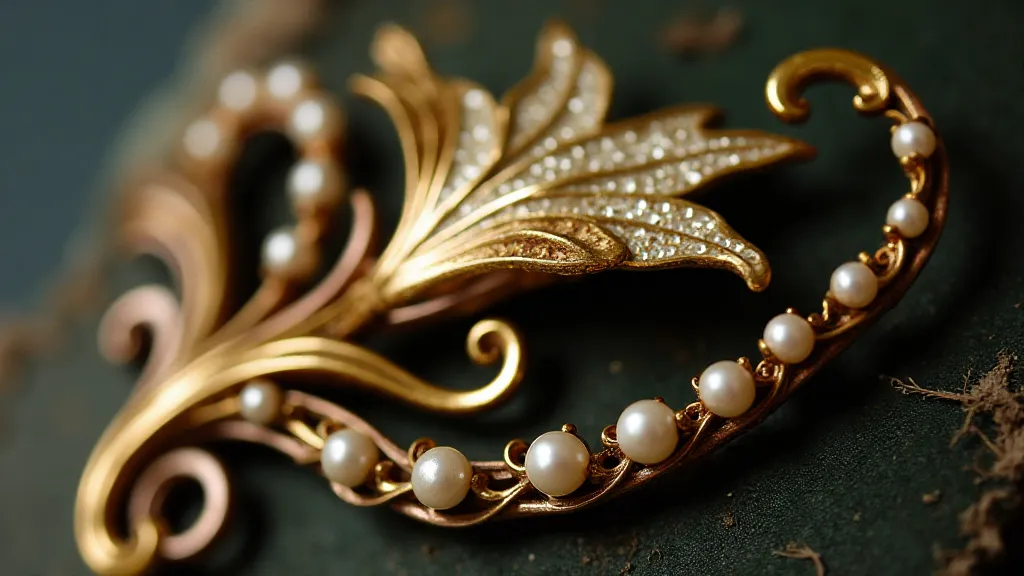
Identifying Art Nouveau Hat Pins
While the Art Nouveau style was embraced by many jewelers, certain hallmarks can help you identify genuine Art Nouveau hat pins. Look for:
- Maker's Marks: Pay close attention to any maker’s marks. Popular Art Nouveau jewelers included Louis Comfort Tiffany (though his work is generally more elaborate and expensive), René Lalique (known for his glasswork but also created some exquisite hat pins), and Georges Fouquet.
- Hallmarks: Depending on the country of origin, Art Nouveau hat pins might bear hallmarks indicating the metal content (e.g., 14k gold, sterling silver).
- Overall Quality and Craftsmanship: Art Nouveau jewelry was often meticulously crafted by skilled artisans. Examine the pin carefully for signs of high-quality workmanship.
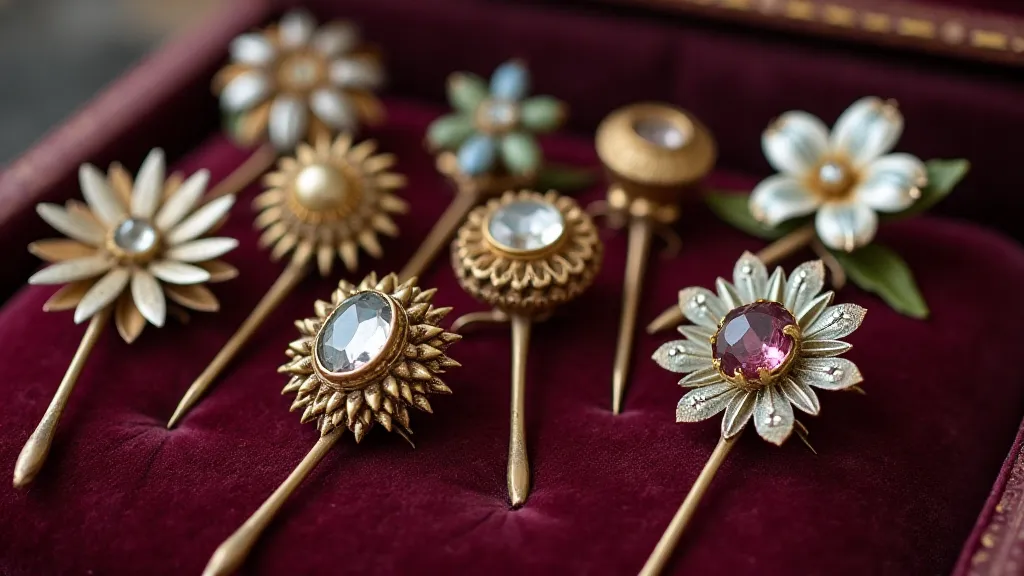
The Legacy of Art Nouveau Hat Pins
Art Nouveau hat pins represent a fascinating intersection of fashion and art. They are not just decorative accessories; they are miniature embodiments of a pivotal moment in design history. Their beauty, craftsmanship, and unique artistic style make them highly sought after by collectors worldwide. Recognizing the influence of Art Nouveau unlocks a deeper appreciation for these elegant and enduring pieces.
